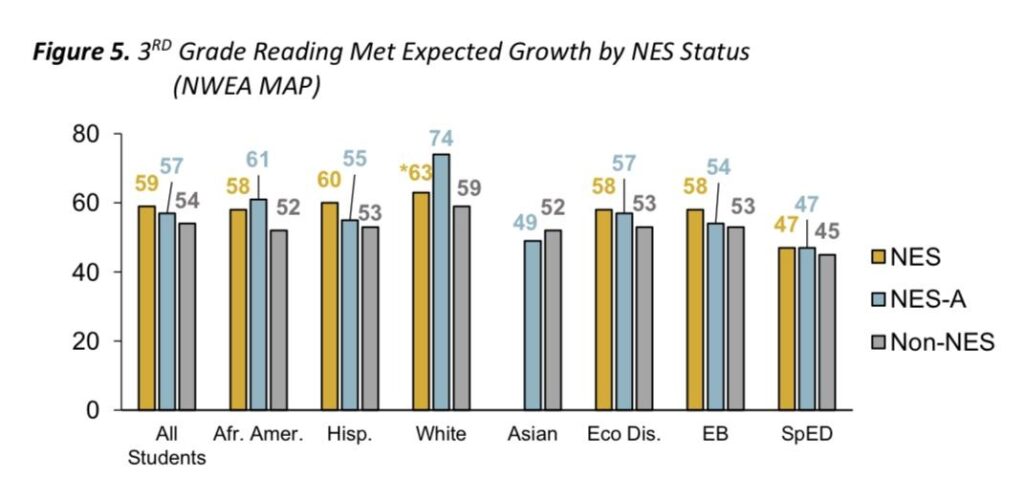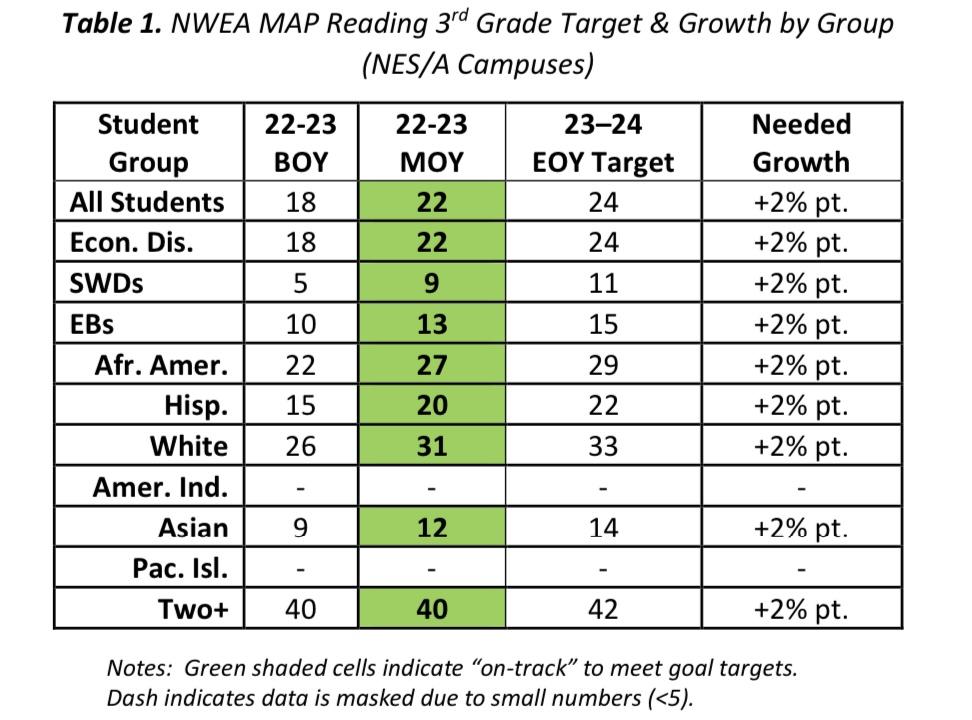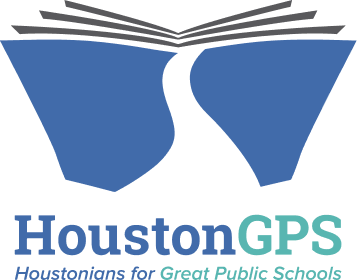Houston HISD Board Meeting Recap 3.21.24
The HISD Board held their March regular board meeting on March 21, 2024. Here’s a recap of the highlights.
Initial data indicates higher growth for NES/A students but achievement is still low, especially for educationally disadvantaged student groups like students with disabilities. HISD must continue to invest resources and talent in these high need campuses to sustain this growth and close achievement gaps.
The student outcome monitoring remains the board’s top priority. Board members engaged in a thoughtful discussion centered around equitable student needs, especially for emergent bilingual and special education students who are further behind their peers.
BOARD VOTES
All agenda items were approved.
Agenda Item | In Favor | Opposed |
Goal Progress Monitoring Report | 9 | 0 |
March Budget Amendment | 8 | 1 |
Revisions to Board Policy on Officers and Officials | 9 | 0 |
Revisions to Board Policy on Internal Committees | 9 | 0 |
Consent Agenda (All Other Items) | 9 | 0 |
*Board Member Mendoza was absent for these votes.
STUDENT OUTCOME SPOTLIGHT
Students at New Education System Campuses and Aligned (NES/A) campuses experienced slightly higher growth in math and reading by middle-of-year (MOY).
The HISD school board honed in on the NES/A program this board meeting by reviewing MOY data for 3rd grade reading and math on those campuses. The report focused on student proficiency and growth using a nationally comparable assessment to predict upcoming STAAR outcomes.


In both reading and math, most groups of NES/A students saw higher levels of growth than their peers in other schools. This is encouraging progress, however, a look at achievement data, rather than the growth from beginning-of-year (BOY) to MOY underscores the need for a continued commitment to these campuses.
Board Goal Progress Measure 1.2: The percentage of 3rd graders attending an NES or NES-A campuses projected at Meets Grade Level in reading on NWEA MAP will increase from 24% in May 2024 to 44% in May 2028.


In the table above, the green column shows proficiency results for student groups at NES/A campuses. Only 22% of NES/A students are meeting grade level expectations by MOY. Comparatively, the table above shows proficiency results for all campuses regardless of NES/A status. Here, 30% of students are reading on grade level, 8 percentage points higher than the NES/A-specific data.
Across all campuses, emergent bilingual (EB) students and students with disabilities (SWDs or SPED) face the widest achievement gaps. For NES/A campuses, only 13% of EB and 9% of SWDs are reading on grade level. We’ll also note the low outcomes for Asian students at NES/A campuses, but given the small size of this student population at NES/A campuses, shifts in individual scores have a large impact on the data and make this measure more variable than other populations.
Board Goal Progress Measure 2.2: The percentage of 3rd grade students attending an NES or NES-A campuses projected at Meets Grade Level on NWEA MAP in math will increase from 24% in May 2024 to 44% in May 2028.


Math proficiency is also much lower at NES/A campuses with only 21% of students meeting grade level compared to 30% at all campuses. Here, students with disabilities and Black students face the greatest barriers with 12% and 18% on grade level, respectively.
Trustees did flag a couple of data issues that are worth highlighting. Earlier this year, HISD administration set the target for each of these progress measures at a 15% increase over five years but in this report the goal was increased to 20%. Chief Academic Officer Hole clarified that they chose to raise each target because the growth students achieved at NES/A campuses already exceeded their projected target for this year. While the increased rigor is appreciated, board members indicated they would like to be notified in advance of changes to student outcome targets and for future data to clearly indicate the change.
Additionally, the comparison between this nationally normed data and STAAR data face challenges. While the NWEA MAP assessment was previously coordinated with state assessments, last year’s changes to the STAAR make it unclear if MAP is still aligned. Board members emphasized the need for clear communication as parents receive reports of their child’s progress.
Big Picture: Initial data indicates higher growth for NES/A students but achievement is still low, especially for educationally disadvantaged student groups like students with disabilities. HISD must continue to invest resources and talent in these high need campuses to sustain this growth and close achievement gaps.
BOARD DISCUSSION HIGHLIGHTS
Board members and administration remain invested in high quality instruction.

Angela Lemond Flowers: Can you share how we define high-quality instructional materials?
Administration Response: The Texas Education Agency considers materials to be high quality if they both meet 100% of the state standards for the grade level and subject and adhere to a quality rubric. The rubric ensures the materials are aligned with research focused on best practices for student learning.

Ric Campo: Currently non-NES schools are not using high-quality instructional materials, what is the timeline for expansion?
Administration Response: Next year, C- and D-rated schools that are not NES will be able to choose from three curricula, two vetted by TEA and the NES curriculum, which incorporates differentiated instruction. A- and B-rated schools can choose to adopt one of these materials but are not required to. If they do, the central office will pay for the expenses.

Janette Garza Lindner: Are there differences in the way quality of instruction is measured at NES and non-NES schools?
Administration Response: The spot observation used to assess instruction applies to all campuses, except for NES-model specific strategies for timing and differentiation of lessons. All classrooms must have a learning objective tied to state standards and student engagement during lessons.
Board members highlighted unique needs of special populations of students who face greater barriers to education.

Janette Garza Lindner: What curriculum and assessments are administered to emergent bilingual students?
Administration Response: Dual language classes have materials in English and Spanish. For all other elementary classrooms, the District ensures there are three options for Spanish language curricula that non-NES campuses can choose from and the differentiated materials for NES are available in Spanish.


Audrey Momanaee and Angela Lemond Flowers: Special education students have the widest achievement gaps, what is the strategy to support better outcomes? How are teachers being trained to support students with disabilities?
Administration Response: The District has focused heavily on compliance and are now shifting to focus on instructional quality. They are working to be fully staffed for special education teachers and have increased their base salary to $90,000 for NES campuses and $80,000 for other campuses. They are pushing compliance support to the campus level to allow teachers to focus on students and providing targeted professional development through special education specific teams.
Board members sought clarity on funding shifts in the March budget amendment around instruction.

Rolando Martinez: The District has added an additional $20 million to instructional leadership since July, what does that look like in practice and how will it help us reach our goals for students?
Administration Response: The District reorganized central office to create the Office of Leadership and Professional Development, which includes the alternative certification program, Teacher and Principal Leadership Academies, and professional development team. Personnel shifted from other departments as part of this process, which shifts funding from different budget line items. The impact of the March amendment is budget-neutral.
Time Check: This month, the Board spent around 66% of their meeting time focused on student outcome monitoring, excluding time spent hearing from community speakers. While this meeting represents the bulk of the Board’s student-focused time for the month, the commitment to centering students remains clear and promising.
Why this Matters: High-performing school districts have school boards that spend most of their time focused on student outcomes rather than operations. Lone Star Governance recommends boards spend at least 50% of their time engaged in student outcome monitoring.
OTHER MEETING HIGHLIGHTS
HISD is in the process of hiring for next year and they are seeing a high volume of teachers interested in NES. 5,454 HISD teachers have signed up to be screened for NES positions. After one job fair, a couple hundred more teachers expressed their interest and two additional job fairs are on the schedule for April. Superintendent Miles has promised to begin the year with no vacancies and this look into the teacher pipeline is encouraging.
Following a closed session, where board members are able to receive legal advice and discuss personnel matters, Superintendent Miles read a prepared statement clarifying how HISD would move forward with principal evaluations. He stated that the District’s instructional proficiency screener will not be used to make adverse employment decisions this school year.
